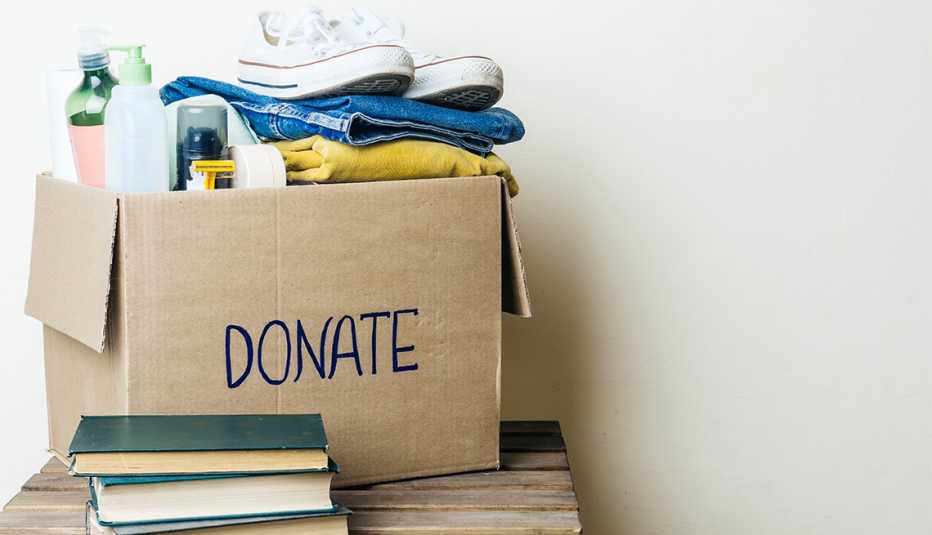Staying Fit
The past two years might one day become known as The Great Decluttering. With more time at home, junk drawers beckon, guest rooms are cleaned out to become offices, and kids are moving back home. Older adults are downsizing to smaller living spaces.
It may be a lot of work to get rid of unwanted items, but generally it’s not too difficult to determine what is trash, what needs repair and what to donate. But what happens when you have a ripped Bible, too many mezuzahs or no space for Mom’s collection of rosary beads?


AARP Membership— $12 for your first year when you sign up for Automatic Renewal
Get instant access to members-only products and hundreds of discounts, a free second membership, and a subscription to AARP the Magazine.
When it comes to repairing or getting rid of religious articles, people have lots of questions. Do these items need special care in disposal? Can they ever be tossed? And what makes something a religious item?
Non-holy items
When Marla Alt, 60, recently downsized from a house in New York’s Westchester County to an apartment in the Riverdale section of the Bronx, she had to decide what to do with all the Jewish “religious art and decorative items that we no longer needed nor have the space to own.” Alt, who’s known as “The Moving Whisperer,” is a move management expert and owner of 123organize. She wanted to get rid of Jewish-themed posters and a havdalah set, which typically includes a kiddush cup to hold wine or grape juices and a candleholder for the candle that, when lit, signifies the end of the Sabbath.
Alt ended up passing those things on to an online auction, which Rabbi Julie Zupan, director of Jewish learning and engagement at the New York City-based Union for Reform Judaism, says is just fine, at least for those particular items.
Since Jewish practice centers around the home, Jewish families often own a trove of ritual items, but they are not considered “holy” in the way that a sacred item inscribed with the name of God might be, says Zupan.




































































